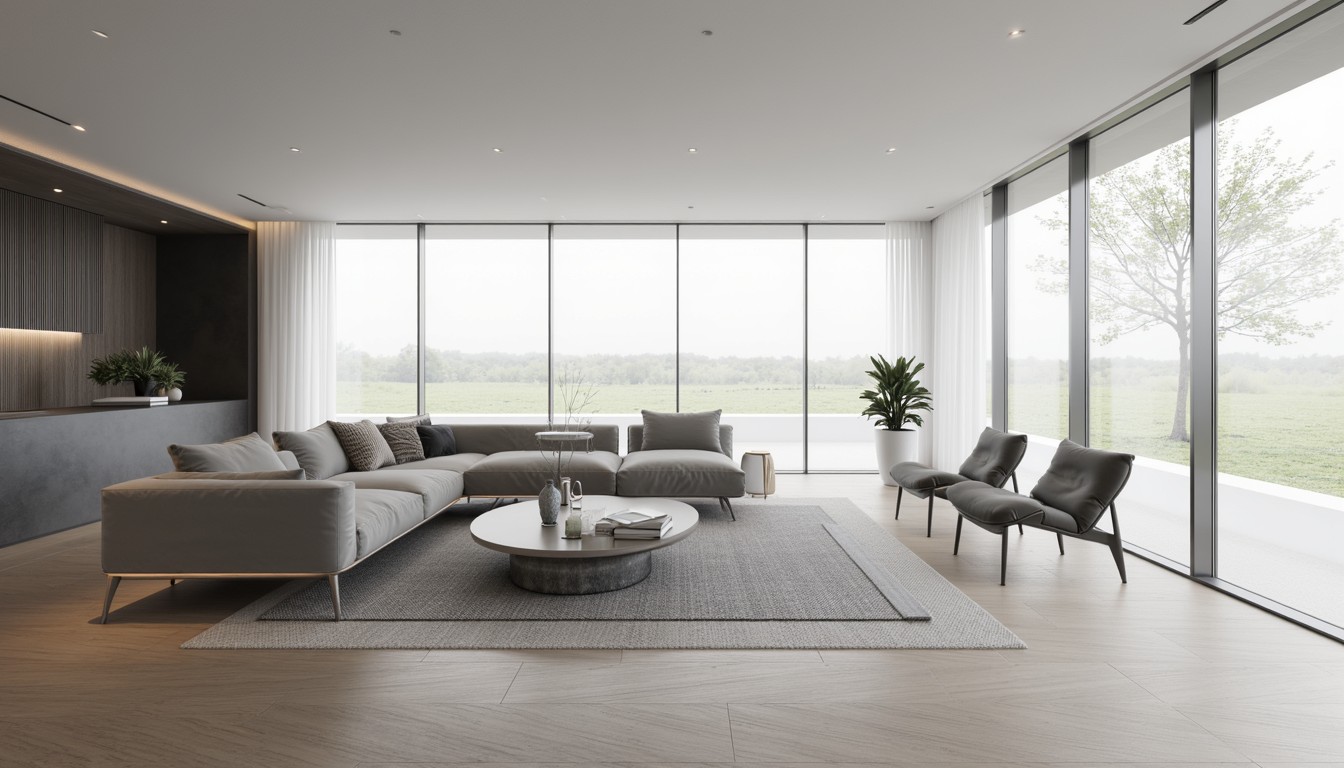VR in Architecture: Designing Tomorrow's Spaces
The architectural landscape is undergoing a dramatic transformation, driven by technological advancements that are reshaping the way we design, visualize, and experience built environments. At the forefront of this revolution is Virtual Reality (VR), a powerful tool that is rapidly changing the architectural design process. ArchNav, a leader in architectural visualization, is at the forefront of integrating VR technology to create unparalleled immersive experiences for architects and their clients.
Immersive Design Experiences: Beyond Static Renderings

Traditional architectural presentations, relying heavily on 2D blueprints and static renderings, often fall short in conveying the true essence of a design. They struggle to capture the spatial relationships, the play of light and shadow, and the overall feel of a building. VR offers a radical departure from this limitation. By stepping into a virtual environment, architects and clients can experience a building’s design in a deeply immersive and intuitive way. This allows for a more comprehensive understanding of the space, fostering better communication and collaboration.
Enhanced Client Collaboration and Communication
One of the most significant benefits of VR in architecture is its ability to facilitate seamless collaboration between architects, clients, and other stakeholders. Imagine presenting a design to a client who can literally walk through the virtual building, experiencing the scale, proportions, and ambiance firsthand. This interactive experience fosters a shared understanding and allows for immediate feedback, leading to more informed design decisions and improved client satisfaction. The ability to make real-time changes and see the immediate impact within the VR environment significantly streamlines the design approval process.
Optimizing Design and Identifying Potential Issues Early

VR isn't just about visualization; it's a powerful tool for design optimization. Architects can use VR to identify potential design flaws or usability issues early in the process, saving time and money on costly revisions later on. By virtually walking through the space, designers can spot awkward layouts, inadequate lighting, or other problems that might be missed in traditional 2D plans. This proactive approach to problem-solving ensures a more efficient and effective design process.
Real-World Applications of VR in Architectural Design
The applications of VR in architecture are diverse and expanding rapidly. Here are some key examples:
- Residential Architecture: VR allows clients to experience the layout, flow, and ambiance of their future homes before construction even begins, resulting in more informed choices and fewer surprises.
- Commercial Architecture: Designing retail spaces, offices, or hotels with VR allows architects to optimize the customer experience, improve workflow efficiency, and create engaging environments.
- Landscape Architecture: VR can be used to visualize the impact of landscaping designs on the overall environment, allowing for more sustainable and aesthetically pleasing results.
- Urban Planning: VR facilitates the creation of immersive urban models, allowing stakeholders to explore and understand the impact of new developments on the existing urban fabric.
- Interior Design: VR allows interior designers to experiment with different layouts, furniture arrangements, and material choices, creating a personalized and highly engaging experience for clients.
The Future of VR in Architecture

The future of VR in architecture is bright. As technology continues to evolve, we can expect even more immersive and realistic experiences. Advancements in haptic feedback, higher resolution displays, and more intuitive interfaces will further enhance the design process. The integration of VR with other technologies, such as Building Information Modeling (BIM), will create even more powerful and efficient workflows. We anticipate the widespread adoption of VR across all aspects of the architectural design process, from initial concept development to final construction.
ArchNav: Your Partner in VR Architectural Visualization
ArchNav is committed to pushing the boundaries of architectural visualization. We leverage the power of VR to deliver exceptional results for our clients. Our team of experienced architects and visualization specialists uses cutting-edge technology to create immersive and engaging VR experiences that help architects and clients visualize their projects in unprecedented detail. We understand the nuances of design and the importance of clear communication. Our goal is to empower our clients with the tools they need to create innovative and successful projects. Contact us today to learn how we can help you harness the power of VR for your next architectural endeavor.
